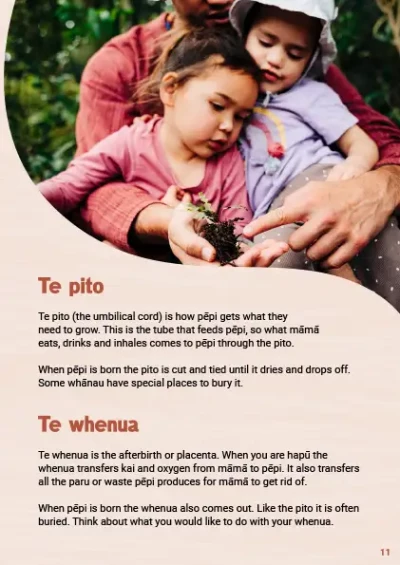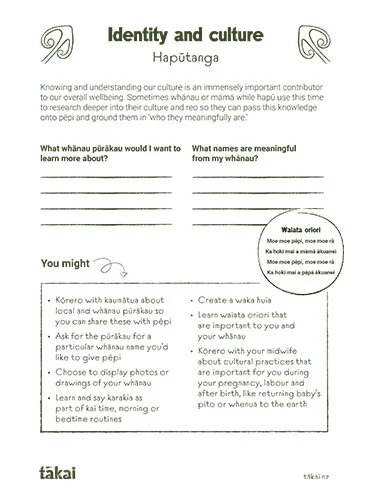
Te pito me te whenua
Te whenua and te pito sustain pēpi during hapūtanga. After pēpi is born, families may choose to return the whenua (placenta) to the whenua (land), whenua ki te whenua, to celebrate their ancestral connection to the land.
Te pito
Te pito , the umbilical cord, is how pēpi gets what they need to grow. This is the tube that feeds pēpi, so what māmā eats, drinks, and inhales comes to pēpi through the pito.
When pēpi is born the pito is cut and tied until it dries and drops off. Some whānau have special places to bury it.
Te whenua
Te whenua is the placenta or afterbirth. When you are hapū the whenua transfers kai and oxygen from māmā to pēpi. It also transfers all the paru or waste pēpi produces for mum to get rid of.
When you have a baby, the whenua also comes out. Maternity staff will examine it carefully to check it’s fully intact. This is very important, because if pieces remain in the whare tangata , they can cause infection.
Like the pito, whānau often bury the whenua.
Whenua ki te whenua
In te reo Māori, whenua also means land. Whenua ki te whenua describes the traditional practice of returning the placenta of newborn babies to their ancestral lands.
This tikanga Māori practice makes the link with Papatūānuku and acknowledges the life-sustaining role that both whenua, the land, and whenua, the placenta, play in feeding the people. It keeps māmā and pēpi connected to the land.
Ipu whenua
An ipu whenua is a container that holds the whenua after pēpi is born. Traditionally made from hue (gourd) or clay, ipu whenua were buried in special places where whānau knew they wouldn’t be disturbed.
Ipu whenua can be made from natural materials that are friendly to the whenua (land) and will break down easily.
Some whānau will have a place where many of the whānau members will return their whenua. Others may plant a tree to identify the place where they have buried the whenua.
Whānau who don’t live on their ancestral lands may want to keep the whenua until they have the opportunity to return to their papa kāinga . Freezing the whenua is an option, but traditionally anything associated with the body isn’t stored with kai. Keeping the whenua buried in a temporary container, like a large plant pot filled with soil, might be more acceptable for whānau. They can keep the whenua there until it can be transferred to the land.
Exploring whānau plans
In recent years more and more people are picking up on practices like burying the whenua and pito.
Conversation ideas
These conversations might also tell you more about the connections whānau have with the rest of their whānau, hapū and iwi.
Helpful resources for whānau
-
Make an ipu whenua
Slideeshare
Midwife Carole Wheeler gives instructions to make a simple biodegradable ipu whenua.
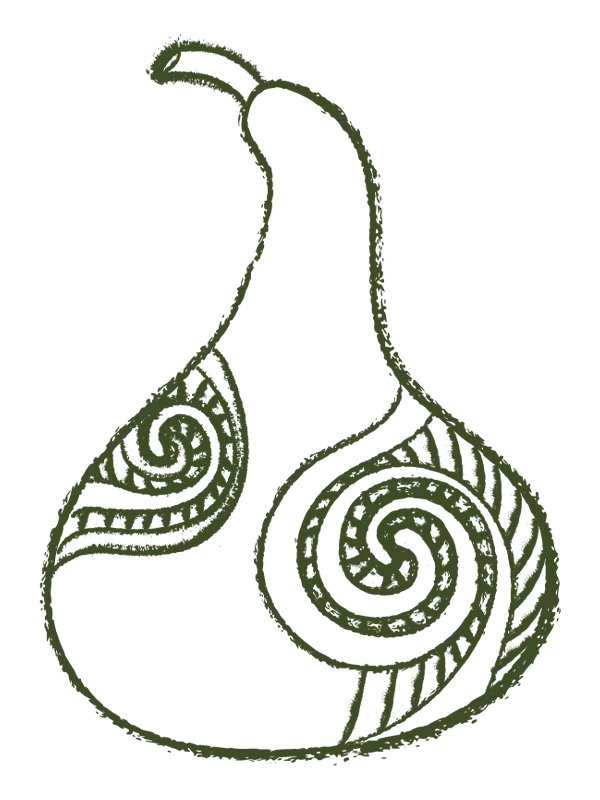
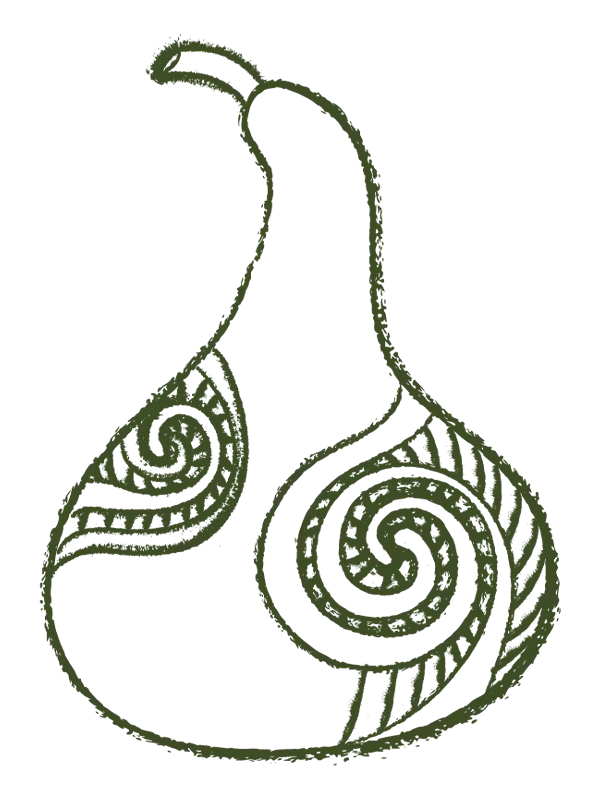
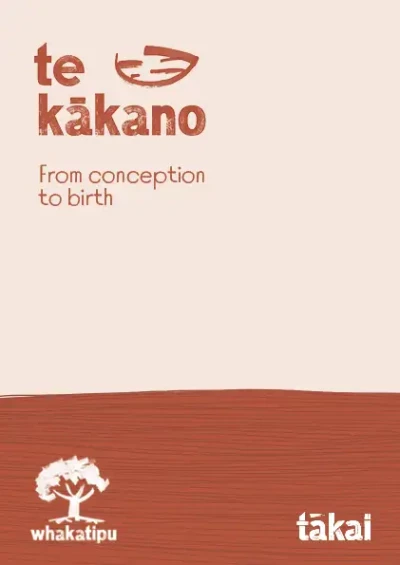 pdf 12 MB
pdf 12 MB
